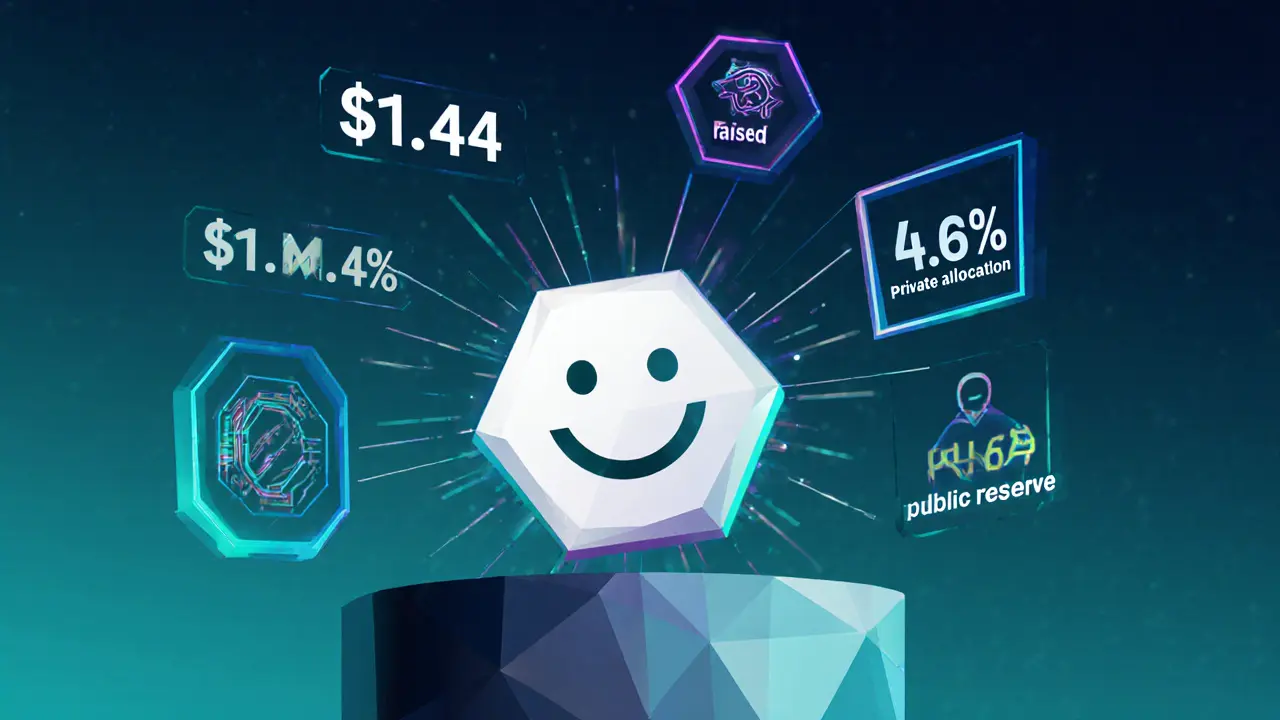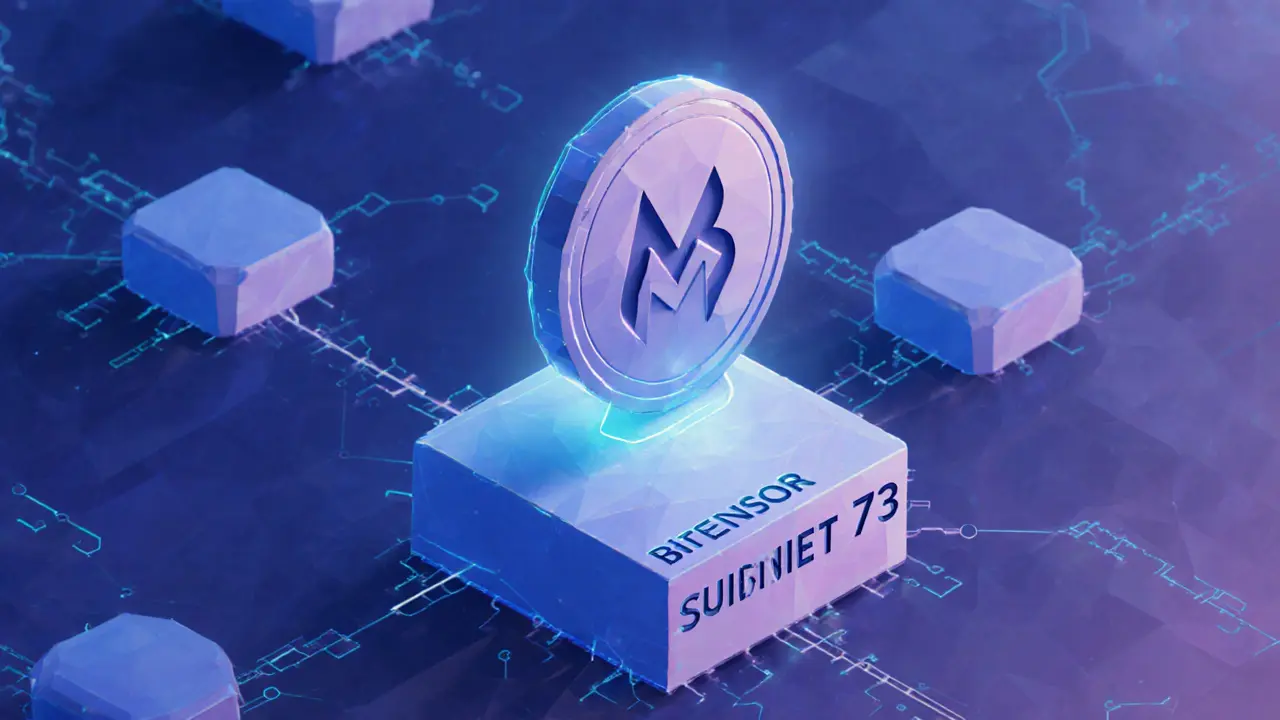Tokenomics: Understanding the Economic DNA of Crypto Tokens
When you start exploring Tokenomics, the study of a token’s economic design, including its creation, distribution, utility and incentives. Also known as token economics, it helps traders, developers and investors predict how a coin will behave over time. Tokenomics encompasses Supply Mechanics, the rules that dictate total, circulating and minted tokens, it requires thoughtful Utility Design, features that give a token real use cases such as staking, fees or voting rights, and it is influenced by Governance Models, the mechanisms that let holders steer protocol decisions. Understanding these three pillars lets you see why some projects skyrocket while others stall.
Core Elements That Shape Any Token’s Economics
First, the supply side can be fixed, inflationary or deflationary. A fixed cap creates scarcity, which often fuels price spikes when demand rises. Inflationary models, like many utility tokens, continually mint new coins to fund development or reward participants; the key is to balance growth with dilution. Deflationary tricks—burns, buy‑backs or transaction fees that are destroyed—shrink the circulating pool and can boost long‑term value if the burn rate is predictable.
Second, utility is the engine that keeps the token moving. Tokens that pay transaction fees, grant access to services, or enable staking usually see steady demand because users need them for everyday actions. When a token’s utility aligns with real‑world problems—like using a stablecoin for cross‑border payments—it tends to attract both users and institutional interest.
Third, governance determines who decides the future supply and utility tweaks. Decentralized Autonomous Organizations (DAOs) let token holders vote on proposals, creating a feedback loop where the community’s confidence directly impacts token demand. Conversely, centralized governance can react faster to market shifts but may raise trust concerns.
All three elements interact. For example, a token with a modest inflation rate might offset dilution by offering high staking rewards, while a strong governance process can vote to reduce future inflation if holders feel the economy is overheating. This dynamic is why tokenomics can’t be reduced to a single number; it’s a living system that evolves with adoption, market sentiment and protocol upgrades.
Below you’ll find a curated set of articles that break down tokenomics in practice: from deep dives into specific coin models like Arkham’s ARKM, to real‑world case studies of airdrop economics, and guides on how to evaluate supply charts before committing capital. Each piece gives you actionable insight, whether you’re building a new token, assessing an existing project, or simply trying to understand why token prices move the way they do.
Ready to see tokenomics in action? Scroll down and explore the full collection of analyses, reviews and how‑to guides that will help you apply these concepts to your own crypto strategy.
- Nov, 19 2025

Token distribution models determine how crypto tokens are allocated among investors, teams, and users. Learn the most effective strategies in 2025, including vesting schedules, airdrops, and community allocations that drive long-term success.
- Read More


